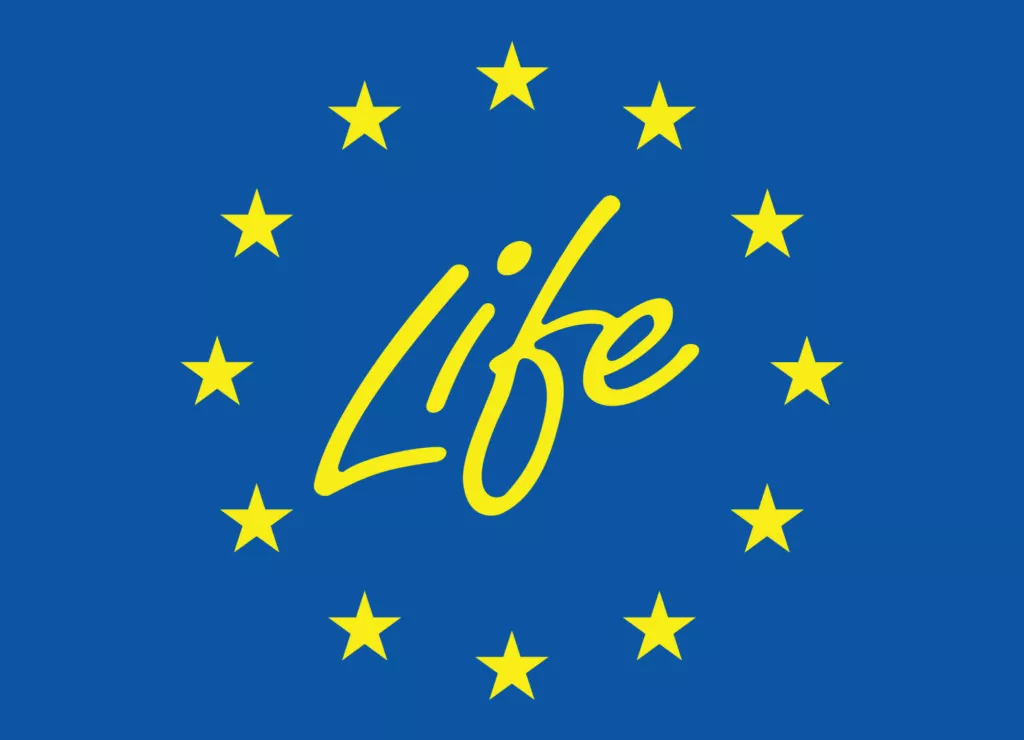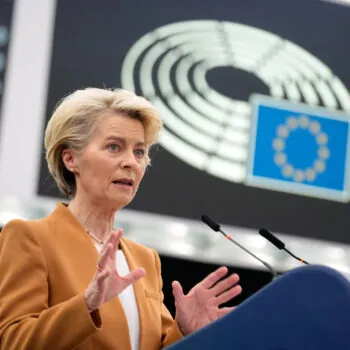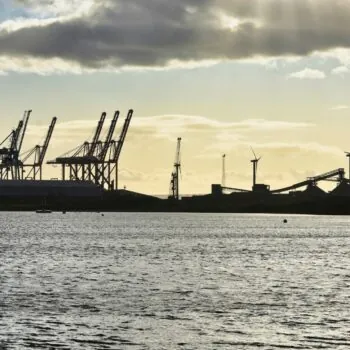The European Commission has consistently referred to the “twin green and digital transitions,” placing these two agendas side by side but not yet properly connecting them to reap the synergies and manage the risks they present to each other. An integrated approach is now needed.
Three weeks ago the European Commission unveiled its COVID-19 recovery plan – a €1.85 trillion package to boost the EU economy and… yes, you guessed it “accelerate the twin green and digital transitions.” This phrase has been something of a mantra for the Von der Leyen Commission, with practically every document published referring to the “twin” transitions at least once. It came up no less than six times in its Repair and Prepare communication.
The problem with the “twin” analogy
There are two key issues with referring to green and digital as “twin transitions.” It makes them seem both too similar and too separate.
The green and digital transitions may be happening in parallel and both transitions will have massive consequences for the future of work and our political systems. But they are also fundamentally different. We have a different degree of agency and a different sense of urgency in pursuing them. The green transition is a necessary response to a worsening climate crisis. The digital transition is about the EU not falling further behind its peers on digital technologies and harnessing the benefits that come with a modernised digital economy.
They are also more interlinked than the twin analogy suggests. The Commission has consistently placed these two agendas side by side, but it has not managed to properly connect them. Although each of the documents that make up the Commission’s Digital Strategy emphasise data and AI as critical enablers for attaining the goals of the European Green Deal, none of them go into detail on how to scale these up in a way that accelerates decarbonisation. There is a nod to the environmental impact of the digital sector and the need to address this by ‘greening’ data centres. But that is the full extent of the thinking on the relationship between digitalisation and climate.
This misses a whole range of interactions both positive and negative that a more integrated approach would seek to capture (see Figure 1). The potential for digital technologies to change how we implement and monitor climate policies, to change behaviours and social norms that could alter climate outcomes, is lost. Equally, it misses the ways in which a changing climate could both accelerate and disrupt digital trends at different levels.
Of course, the twin analogy is no accident. It is born out of the political balancing act Ursula Von der Leyen undertook in structuring her Commission. She placed Executive VP Vestager in charge of digital policies, while Executive VP Timmermans heads up the implementation of the European Green Deal. By placing these two agendas side by side time and again, the Commission is signalling the balanced importance of these two prominent politicians. By having them dealt with by separate policy teams and units, the Commission is giving each of them their own distinct issue area to manage.
Figure 1. Three levels of interaction between digital and climate

There may be a political logic to it, but it has major disadvantages
A perfect example of where this kind of thinking gets us can be found in the Commission’s newly proposed Recovery and Resilience Facility, €310 billion worth of grants to support member states over the coming years. In order to qualify for the funds, member states will have to submit recovery and resilience plans. One of the main criteria against which these plans will be assessed is whether they contain measures that effectively contribute to the green and digital transitions. This sounds encouraging, however, the way the criterion is defined in practice, a member state can choose to either include measures that contribute to the green or the digital transition. In other words, a member state could theoretically receive EU funding to improve the long-term resilience of its economy without including anything on climate if they include strong enough measures on digital.
The implication is that two transitions are in some way interchangeable: do something for climate and you are good on digital, do something for digital and you are fine to forget about climate. This completely misses the point: We cannot have a competitive and modern EU economy that is not taking full advantage of the opportunities afforded by green manufacturing, just as we cannot have one that is not digital.
The Commission should clarify as soon as possible that there is no compromising on the climate neutrality objective and that member states will have to produce plans that are in line with this objective to receive funding.
We need to innovate the policy architecture as well as the technologies
More broadly, a systems approach is needed, where initiatives to accelerate the green and digital transitions are brought together in one coherent policy allowing us to identify the opportunities, trade-offs and compromises between these two transitions. Shifting to such an approach requires a change in mindset, not least because it involves close collaboration between sectors that have traditionally been dealt with separately. In the specific context of the Commission, the digital and green agendas are currently handled by different cabinets and siloed policy teams. What is needed is a new architecture to allow for more integrated thinking across these transitions: a unit specifically dedicated to bridging the gap between digital and climate policy, to identify those areas where we can push both agendas so they do not cannibalise each other but instead strengthen and reinforce. This kind of integrated thinking would need to then filter down to other policy areas, coming together in R&I policy, for example, where funding could be dedicated to hosting open innovation platforms for systematically exploring connections between the two transitions. Taking an integrated approach to the green and digital transitions is as big an innovation challenge as maturing the technologies that underpin them
This project has received funding from the LIFE Programme of the European Union.




